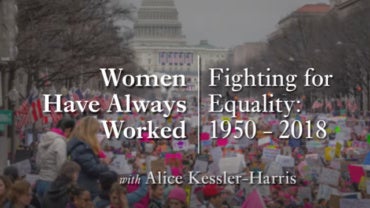The WTO History Project, a joint effort of several programs at the University of Washington – the Harry Bridges Center for Labor Studies, the Center for Communication and Civic Engagement, the Digital Initiatives project and the University of Washington Libraries Special Collections division of the University Libraries – seeks to make a wide array of resources available to researchers and the interested public via the Internet. Our unique collection of interviews with protest organizers and participants sheds light on the behind-the-scenes cooperative (and sometimes contentious) relationships among social movement organizations involved in the protests. While many additional materials may be physically examined at the Labor Archives of Washington, University of Washington Libraries Special Collections, we have selected for electronic access from the collection some materials which are most illustrative of the diversity of the protests and which most represent the intense mobilization that made the events so dramatic. Our collection, donated by a great number of generous individuals, seeks to be representative of the diversity of interests that participated in the protests while paying special attention to the role played by organized Labor in these historic events.










